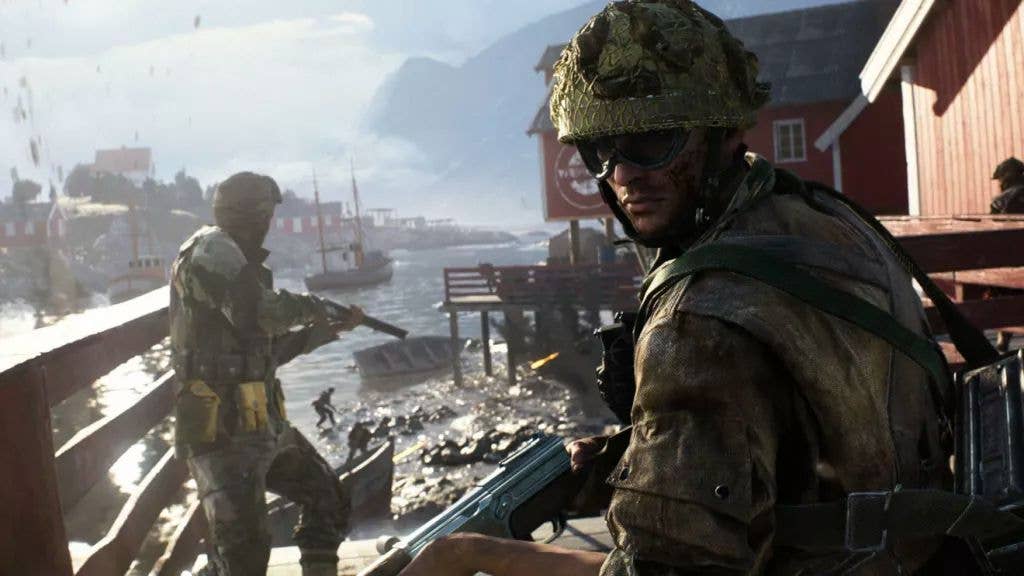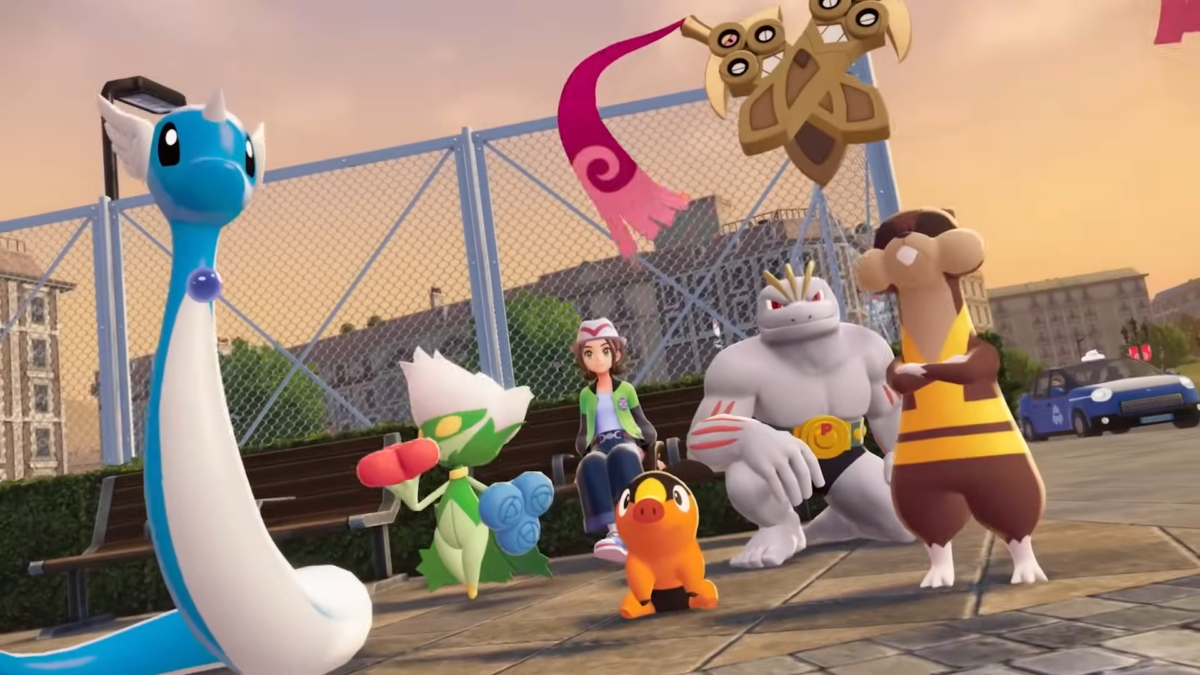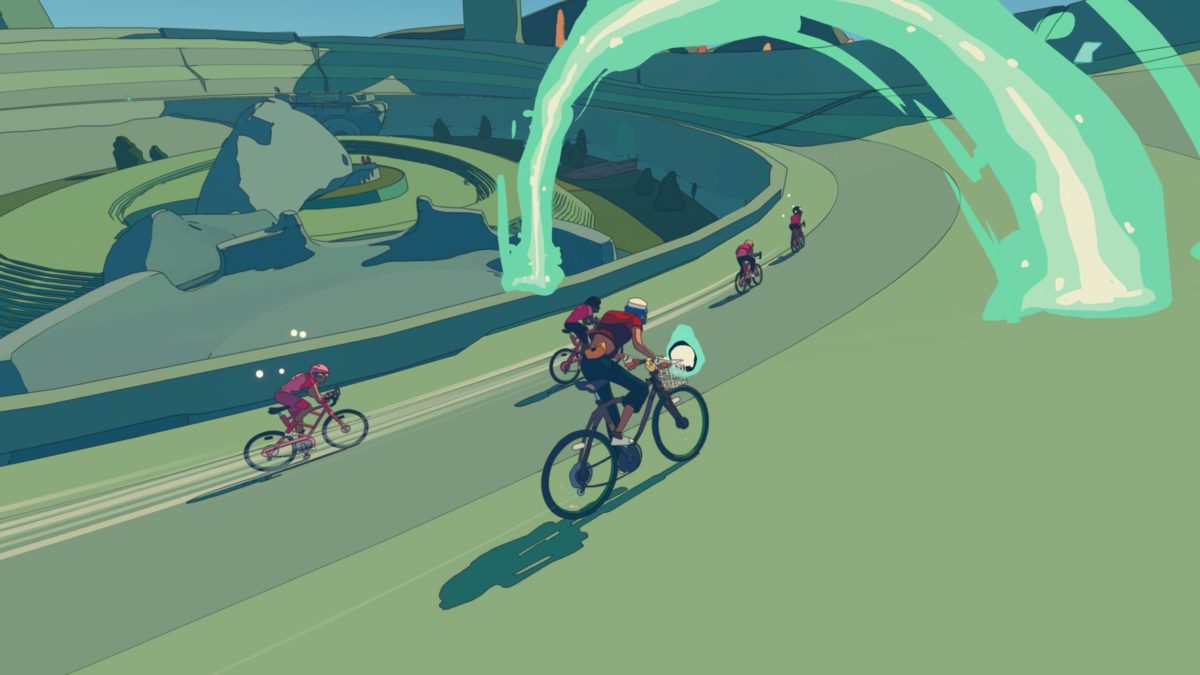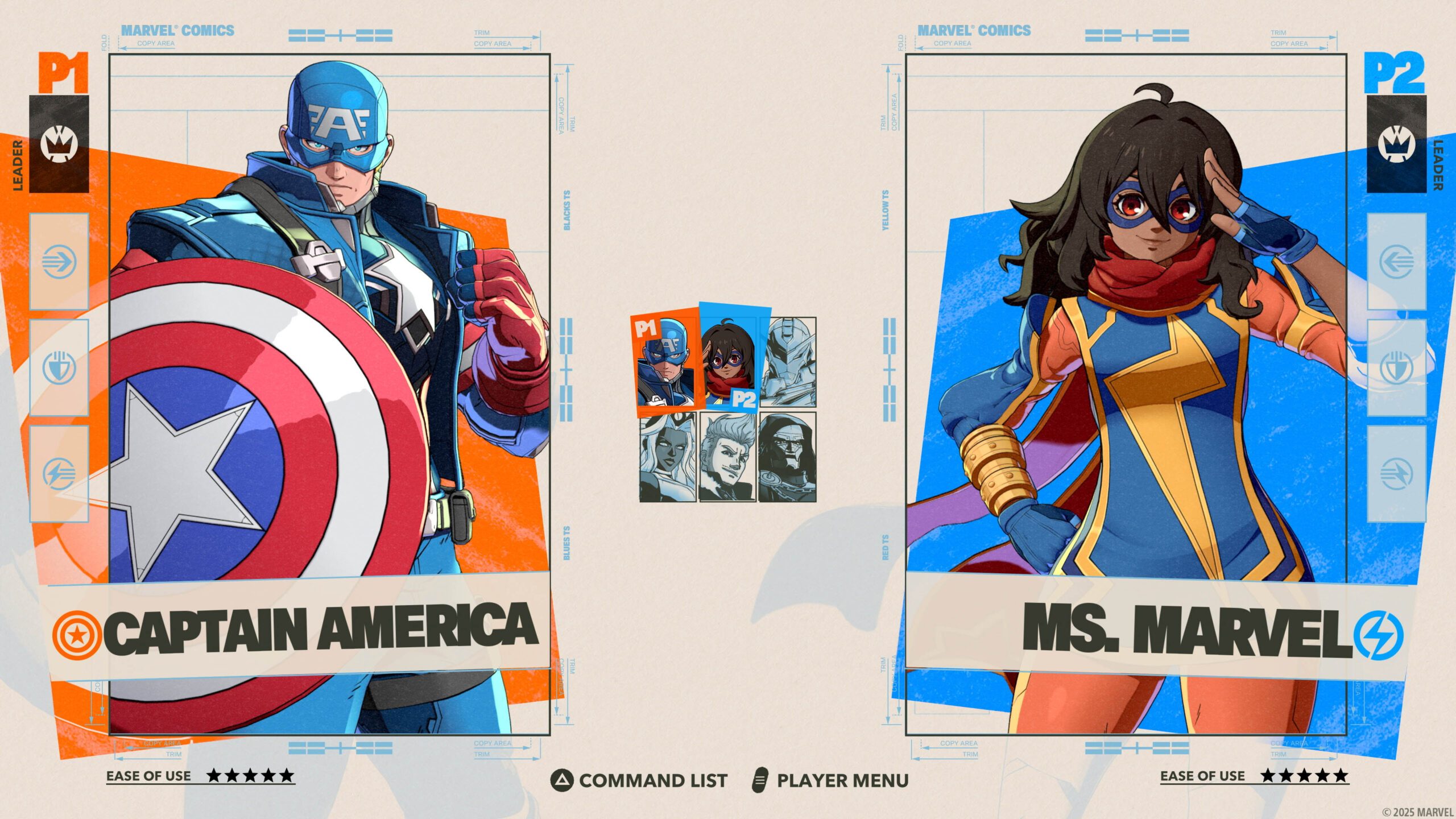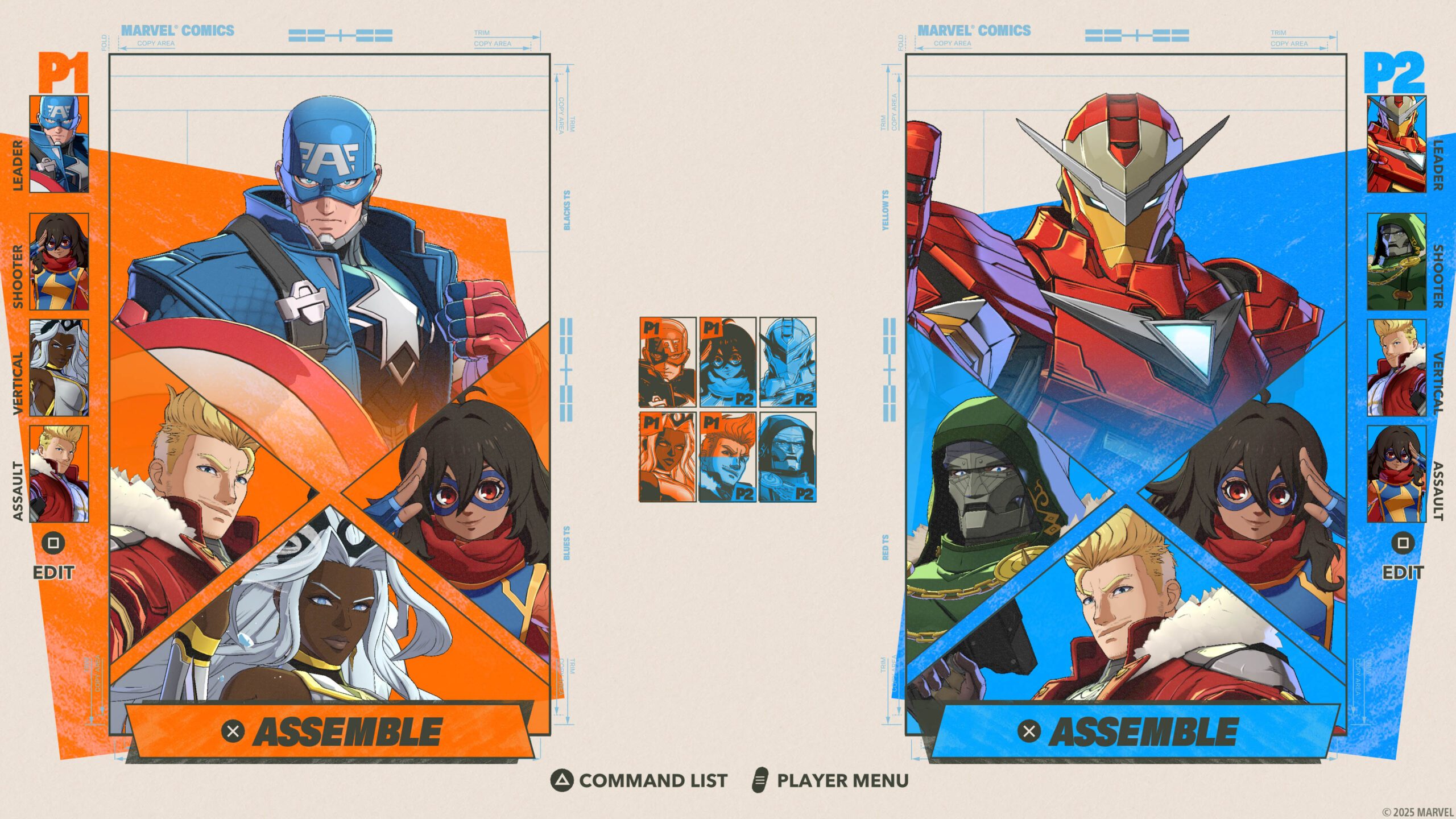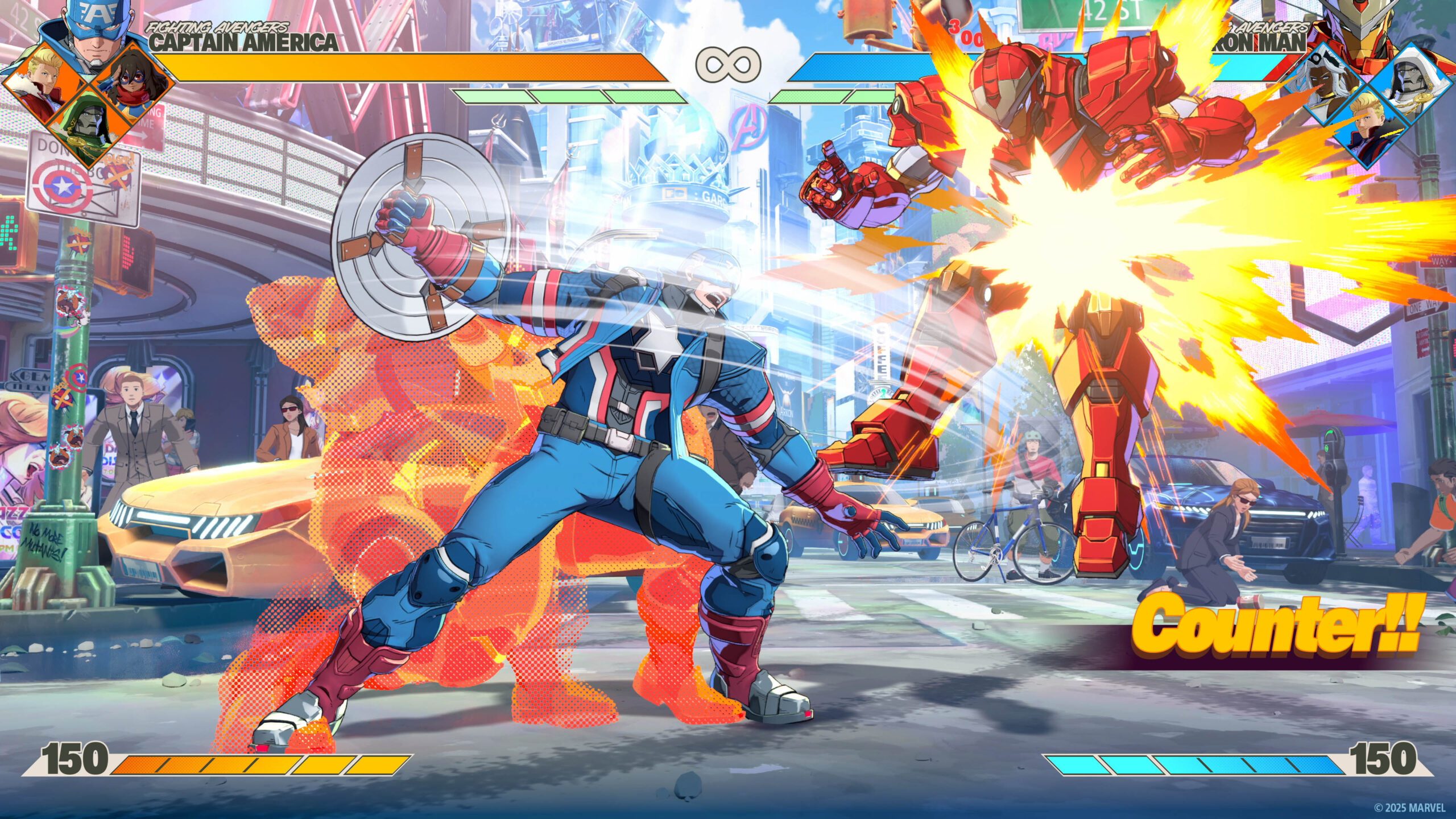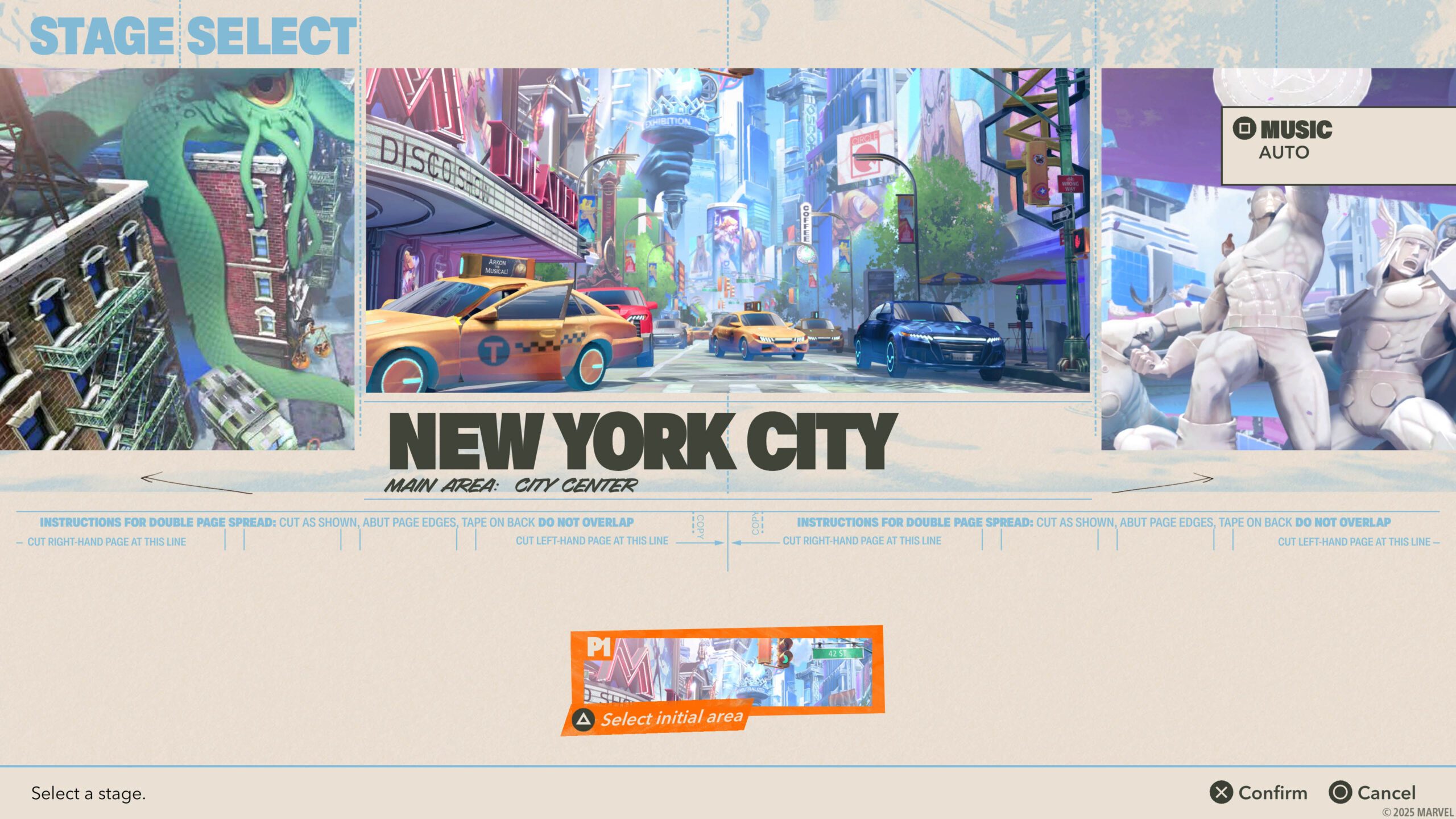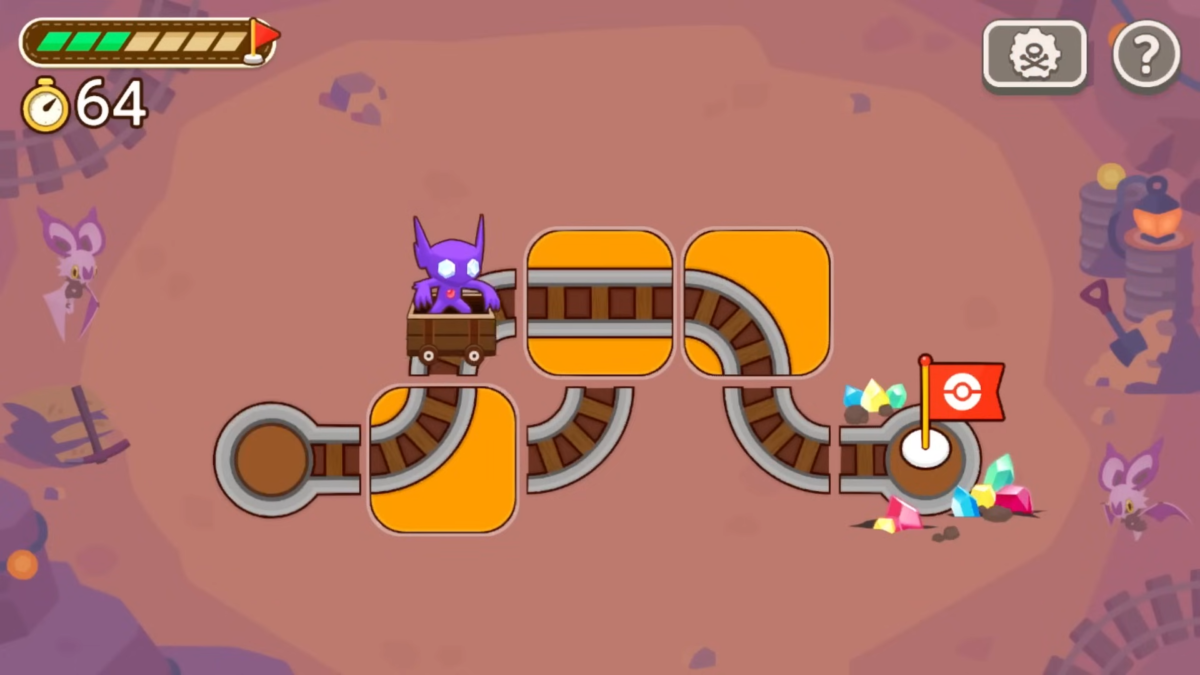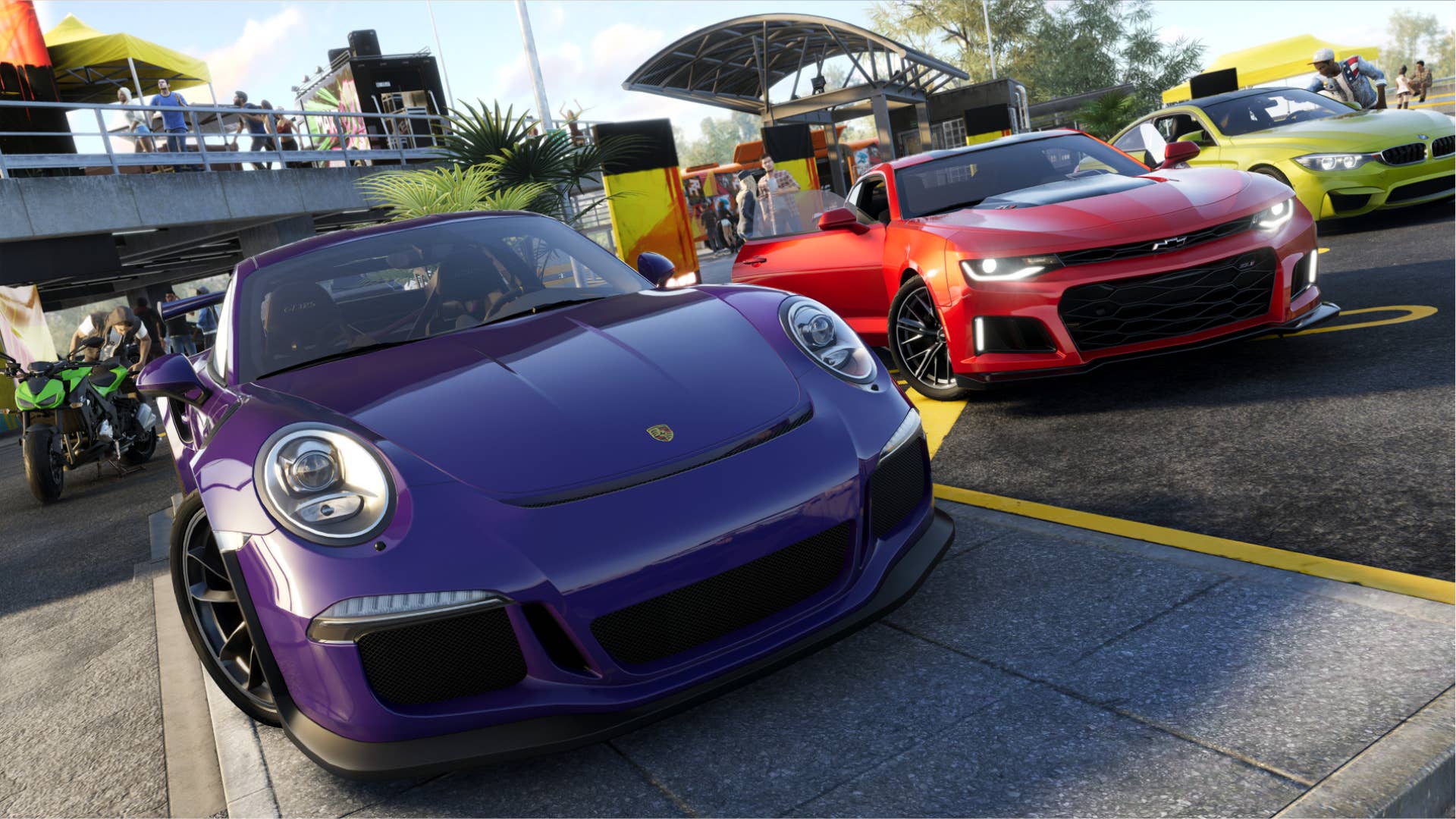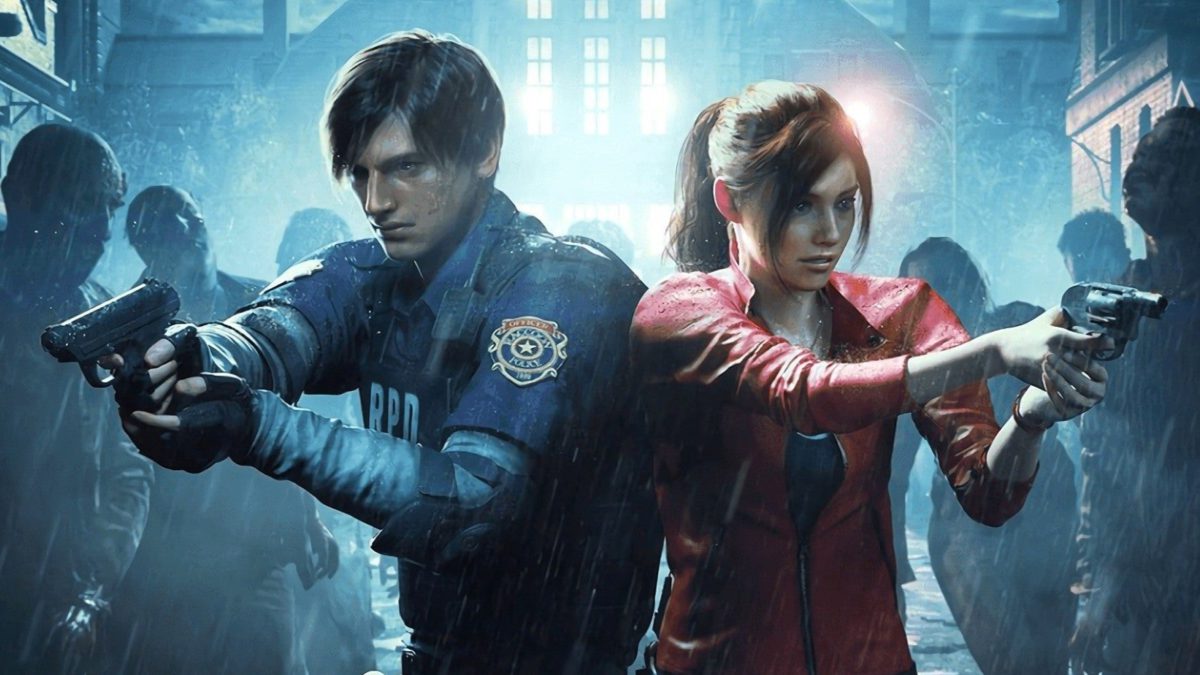After weeks of dry restocks, Target has the Nintendo Switch 2 available again (for now). Both the standard console and the Mario Kart World Bundle are back up for order (while supplies last), giving anyone who missed out at launch a rare shot to pick one up at retail price. Target’s listings aren’t behind a waitlist like Amazon’s invitation system either. Over in the world of Pokémon, the Destined Rivals Elite Trainer Box has dropped to $102.94 on Amazon, undercutting TCGPlayer’s listing by over $10. That’s a solid deal in the middle of Pokémania 2025, especially for sealed collectors or someone who needs that Illustration Rare Team Rocket’s Wobbuffet promo.
Rounding out today’s best offers, collectors can lock in a preorder for the Tamashii Nations Cyclops S.H.Figuarts figure at $100, complete with multiple optic blast effects and poseable parts straight from the GAMERVERSE. Small Soldiers fans can relive ‘90s chaos with the new 4K Steelbook edition for $25.99, while Firefly diehards get a definitive version of Serenity in its 20th Anniversary 4K Steelbook for $29.96, loaded with extras. And if you’re tired of throwing money at canned air, the RELIDOL 100000RPM Electric Air Duster is just $27.99 today, offering powerful cordless cleaning that pays for itself fast.
Destined Rivals Elite Trainer Box
Now down to $102.94, beating TCG Players’ price of $114.99 plus postage. Over $10 lower than the current market value is nothing nothing to turn your nose at if you’re after sealed product during Pokémania 2025!
Pokémon TCG Stock Update
Amazon is finally killing it for Pokémon TCG elite trainer box stock and pricing, and some are the closest to MSRP the big box retailer has been for weeks. Not only is the Black Bolt ETB vastly undercutting the secondary market, Paradox Rift ETB is even cheaper (And an overlooked set in my opinion, stock up now).
There’s other great deals on ex boxes too, which are also near MSRP and around the same or just under listings on TCG Player. The sealed market is becoming more competitive, so it’s more important than ever to give eBay a quick check before hitting buy.
Nintendo Switch 2 Stock Updates
In a shocking move, Target is selling both Nintendo Switch 2 SKUs without preorders, waiting lists or raffles, so snap them up quickly. As predicted, Nintendo Switch 2’s launch window is seeing stock shortages. If you didn’t preorder at launch, you’ve probably been waiting for stock drops since launch. Amazon currently has it’s invitation system in place for both the standard console SKU and the Mario Kart world bundle, so it’s always worth getting on the waiting list whilst you wait. If successful, your purchase link will be live for 72 hours.
TAMASHII NATIONS – X-Men – Cyclops (GAMERVERSE)
Cyclops GAMERVERSE S.H.Figuarts figure from Tamashii Nations is now up for preorder at Amazon for $100, and it’s packed with the kind of articulation and premium detail the line is known for. You’ll get three interchangeable optic blast effects, from a subtle glow to full-blown superblast, plus multiple visors, facial expressions, and hand options to fully recreate your favorite poses. It even includes a special mount for background displays.
Small Soldiers 4K UHD Steelbook + Digital
Joe Dante’s Small Soldiers is back with a bang in this new 4K UHD Steelbook edition, now just $25.99 (down from $30.99) on Amazon. Combining the mischief of Gremlins with the firepower of G.I. Joe, this cult classic delivers practical effects chaos and ‘90s nostalgia in equal measure. Featuring Gregory Smith, Kirsten Dunst, and the late Phil Hartman in his final film role, the Steelbook includes a crisp remaster and digital copy.
Compressed Air Duster (100000RPM)
RELIDOL Compressed Air Duster is a powerful, eco-friendly cleaning tool that’s up to 44% off today at just $27.99 (regularly $49.99). With a blazing-fast 100,000RPM motor and three adjustable airflow modes, it clears dust, crumbs, and debris from keyboards, PC towers, car interiors, and more in seconds. The built-in LED light helps you spot hidden grime, while the rechargeable 7500mAh battery offers up to 40 minutes of cordless runtime.
Serenity (2005) – 20th Anniversary Limited Edition Steelbook 4K
Firefly fans, this is the definitive edition you’ve been waiting for. The 20th Anniversary Limited Edition Steelbook of Serenity is now available for $29.96 (down from $34.99) and includes 4K UHD, Blu-ray, and digital formats and a massive lineup of bonus content. Directed by Joss Whedon and starring Nathan Fillion, Alan Tudyk, and Summer Glau.
The Legend of Zelda Hardcover Book Sale
Nearly every The Legend of Zelda hardcover book you need for your collection is available in this sale with some cracking discounts. It includes my favorite one, Hyrule Historia, that fills in more than a few gaps in the LoZ lore, although the timeline has already been slightly retconned. It also includes full and expanded official guides for Breath of the Wild and Tears of the Kingdom.
KRK Kreate Powered Studio Monitors
I can personally guarantee a set of powered studio monitors will sound better than almost any sound system with or without a subwoofer. The new line of KRK Kreate studio monitors aren’t just for recording music (Although they’d do an amazing job), they’re a versatile sound option for content creation, editing, gaming, watching TV and movies and more. Buyers can even teather to them via Bluetooth for no fuss connections.
I’ve been using the 8-inch speaker models for a couple of weeks now, and they destory my soundbar and subwoofer combo that cost’s nearly double the price of these. There’s precision adjustments knobs on the back, which I keep mostly in neutral with volume up by half for a crisp flat sound with the right amount of bass. Although that can be cranked up when needed.
Personally I use an audio splitter so my Krate 8s can handle my Nano QuadCortex guitar amp moddler, my TV audio and gaming PC audio for the best experience. For me, going from a 3-inch to 8-inch speaker option is night and day. The clarity difference and range is top-tier, not to mention the jack, XLR and aux outputs available on each monitor that fits in perfectly in everyone’s setup. You’re getting top-of-the-range brand quality without the “gaming” brand tax, it’s a win-win.
Apple AirPods Pro 2
AirPods Pro 2 are one of those earbuds I keep noticing for their mix of sound quality and thoughtful features. At $199, they offer a strong balance of value and performance. The active noise cancellation blocks out a lot of background noise while adaptive audio automatically adjusts based on your surroundings. You get four sizes of silicone tips for a customizable fit, and once those are set they stay comfortable even through longer listening sessions. The personalized spatial audio and hearing aid features add extra depth, giving them more flexibility than just a standard pair of wireless earbuds.
INIU Portable Charger 10000mAh 45W
This is ideal for carrying around when you’ve forgot to stick your phone on charge overnight, 45W is more than enough power to charge anything whilst using it, from phones to Nintendo Switch 2. So who can argue for $12?
Donkey Kong Bananza
If you own a Switch 2 and not Donkey Kong Bananza, there’s something a-miss. We’ve given it a rare 10/10, and is officially Nintendo’s latest handheld’s first killer app and system seller. It’s from the same team behind Super Mario Odyssey and takes full advantage of the power packed into Nintendo Switch 2. Just get it, play it, then thank me later.

